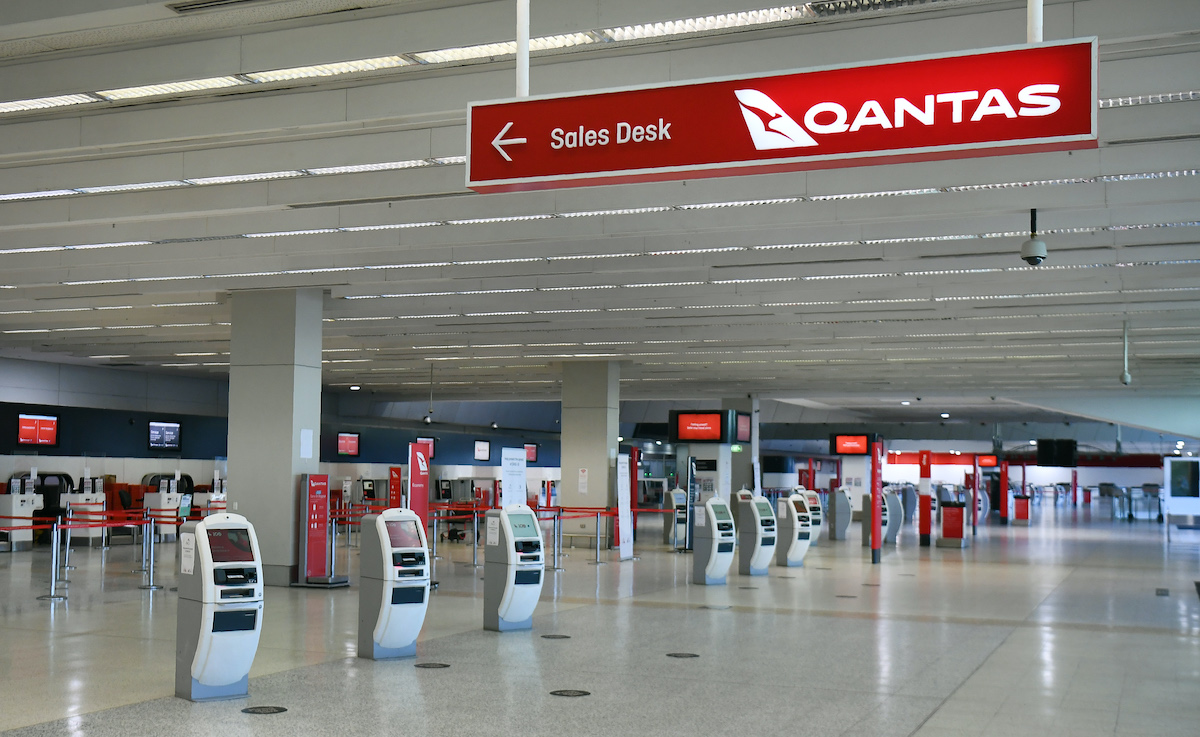[ad_1]
Judging by Boeing’s announcement that in February it received more orders for aircraft than cancellations for the first time in 15 months, the airline industry is back.
For aircraft manufacturers and airlines, and their shareholders and employees, that is good news. After more than a year of pandemic-induced recession, it is also a positive sign of recovery for the global economy that will be welcomed around the world, especially in countries whose economies are heavily reliant on air travel.
However, for those of us concerned with climate change, which by now should surely be all of us, the news is alarming.
The Covid-19 pandemic has given the planet breathing space. Over the past year the slowdown in economic activity has seen the volume of greenhouse gases released into the atmosphere drop significantly. But, as Boeing’s announcement signals, the respite is over.
As every business around the world does its best to make up for the lost months, it won’t be long before we are back where we were at the end of 2019, when environmentalists were already warning that we were on track to miss by a wide margin the objective set out in the Paris Agreement on climate change of limiting global temperature rises to “well below 2 degrees Celsius†above pre-industrial levels
It’s an ominous sign that in January the majority of countries missed a United Nations deadline to submit their new, more ambitious targets for cutting carbon emissions. But whatever targets are set, a return to “normal†airline activity – let alone the massive increase in activity that is forecast – threatens to undermine efforts to reduce our output of climate-change gases.
The industry estimates that demand for air transport will increase by an average of 4.3% a year over the next 20 years. Before the pandemic, there were more than 100,000 commercial flights every day. By the mid-2030s, predicts the International Civil Aviation Organization, there will be 200,000 flights a day.
The industry is making soothing noises. Don’t worry, it says, it’s developing “sustainable aviation fuels,†more efficient engines and new, greener ways of flying aircraft and scheduling flights.
Sustainable aviation fuels – an up to 50-50 blend of waste products, such as used cooking oil and animal fats, with traditional jet fuel – will not offset the planned growth in air travel. The industry claims that SAFs can achieve a reduction in carbon emissions of up to 80%, but at the same time it plans to increase the number of flights by 100%.
Regardless, international industry bodies such as the UK-based Sustainable Aviation Coalition are pledging to achieve “net zero carbon emissions by 2050.†If that seems impossible, it’s because it is.
Achieving “net zero†emissions does not mean creating aircraft with engines that spew out no carbon. Until fully electric commercial-scale aircraft engines are developed – and the prospect remains science fiction – it means signing up to a range of schemes designed supposedly to take out of the atmosphere the same amount of carbon that is being pumped into it.
These schemes include planting trees or storing carbon underground (another technology still untried and unproven at scale). But whatever the method, environmental experts dismiss such solutions as little more than “greenwashing†accounting tricks.
As Simon Lewis, professor of global-change science at University College London, put it last week, “Critically, there is far too little land to plant enough trees to counter today’s emissions, and large-scale high-tech methods do not yet exist.â€
True, the airline industry is not the world’s biggest villain when it comes to climate change. The Environmental and Energy Study Institute, a non-profit think-tank, estimates that, pre-pandemic, it accounted for about 5% of global greenhouse-gas emissions.
But as other industries are increasingly curbing their outputs – think: the rapid rise of the electric car – the airline industry plans only to grow rapidly, and without the realistic prospect of harnessing any mitigating technology to offset the carbon cost.
As the Environmental and Energy Study Institute puts it, “While our collective use of automobiles, our production of electricity, and the industrial and agricultural sectors each exceed the climate-change impact of commercial aviation, passenger air travel is producing the highest and fastest growth of individual emissions.â€
All of which means that until genuine carbon-free flights become reality, it comes down to each of us as individuals to be more thoughtful about our personal use of air travel.
We have, after all, embraced recycling and become more aware of the size of the carbon footprint left by our everyday activities. And yet, as the Aviation Environment Federation says, “taking one return long-haul flight can generate more emissions than any other lifestyle activity in a whole year.â€
If enough of us limit the number of flights we take each year, the economic pressure alone on an industry whose future is linked to constant growth will be enough to accelerate meaningful green research and technological innovation.
So the next time you fly, don’t salve your environmental conscience with the self-deluding thought that somewhere, perhaps, a tree has been planted in the name of your conspicuous consumption of fossil fuel. For once in your individual struggle to contribute to the wellbeing of the planet, doing nothing – not taking that flight – is the best thing you can do.
This article was provided by Syndication Bureau, which holds copyright.
Jonathan Gornall is a British journalist, formerly with The Times, who has lived and worked in the Middle East and is now based in the UK.
[ad_2]
Source link











